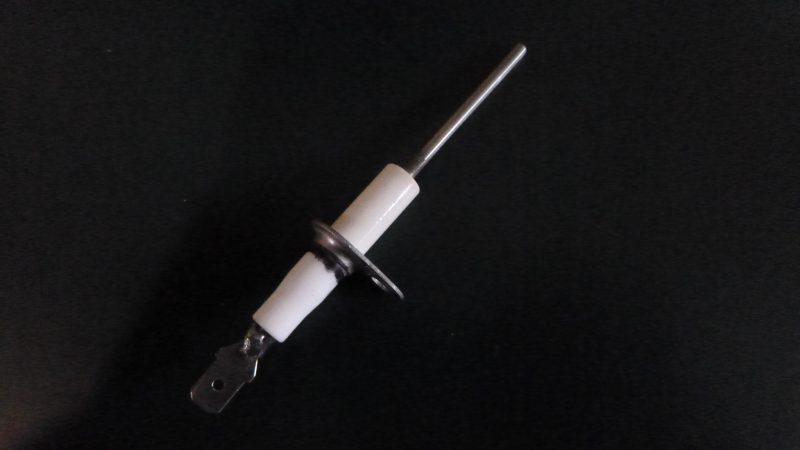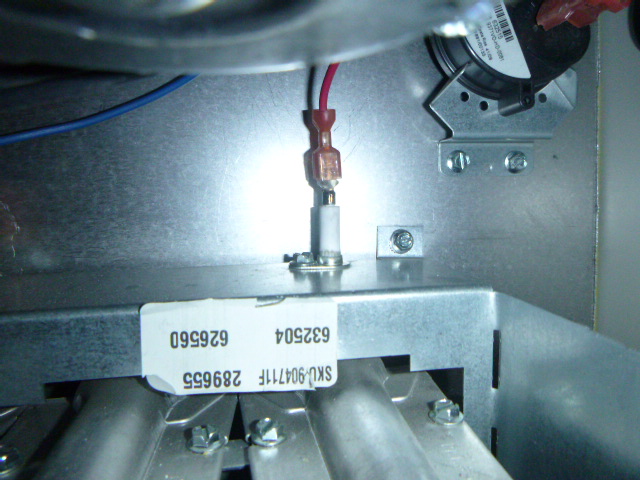It’s winter, stains are showing up on your ceiling, water is dripping in around the bathroom fans and pooling in the light fixtures.
What’s the problem?
“Attic Rain” Yes, it’s raining in your attic. Moisture from the warm living area has migrated into the attic and condensed on the cold roof deck as frost. This happens during a cold spell and as the weather warms up, the frost melts raining down onto the insulation and seeps through breaches in the vapour barrier. The result is unsightly water damaged drywall and worse, it can lead to mold.
What’s the cause?
The most likely causes are poor draftproofing and ventilation. If the vapour barrier around the bathroom fans, lights, smoke alarms etc. is not sealed properly, moisture from the living area will find its way into the attic. Also, new building codes as of (2010) restrict the amount of soffit ventilation between houses. These unvented soffits are good for fire safety, but can contribute to the problem by restricting attic ventilation.
What can you do?
Experts say, operating your central ventilation system during the winter months daily will help expel excess moisture from the house, that would otherwise migrate into the attic. (this is controlled by a wall switch typically located in the hallway by the thermostat).
Ensure attic insulation depth is consistent, level, adequate and the hatch cover sealed with weatherstripping.
Also, roof edge vents can be added to homes that have unvented soffits. These can be installed by a qualified roofing company.
In extreme cases you can obtain the services of a company such as ATTIC MASTER. They will vacuum out the insulation, improve the draftproofing and add more ventilation if required, then reinstall the insulation.


API’S MONTHLY TIP
Have you had your mid or high efficient furnace suddenly shut down after what appeared to be normal start up. Chances are the problem is a dirty flame sensor. When working properly, the flame sensor confirms to the gas valve the gas has been ignited and all is good. If the sensor is dirty and does not heat up quick enough, the gas valve thinks there is no ignition and shuts down for safety. The repair is easy, simply locate and clean the sensor with fine steel wool. In some cases it might require removing first with a screw or nut driver.


Quote of the day:
Ability may get you to the top, but character will keep you there.